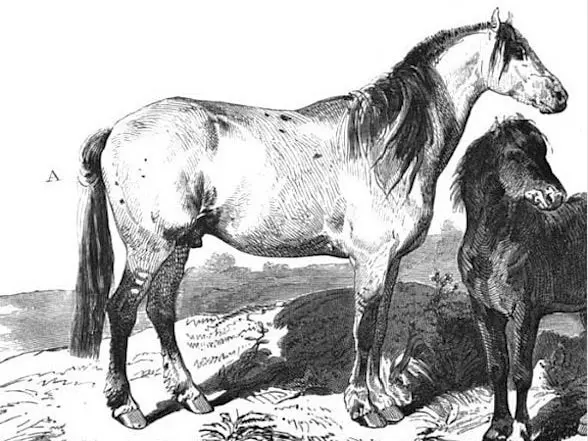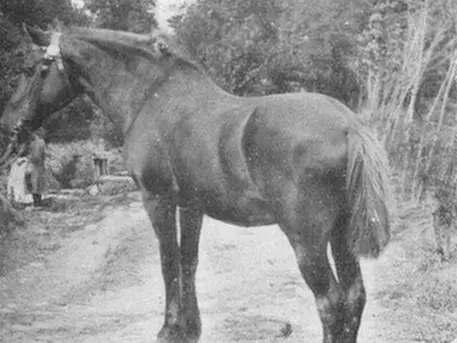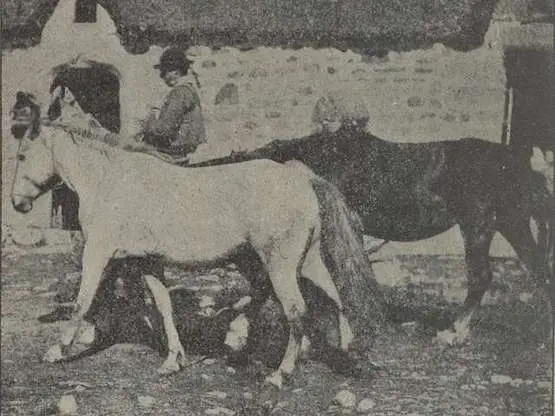Intro
The Breton Bidet was a small riding horse from France, developed mainly in Brittany, Morvan, Auvergne, Poitou, and Burgundy. This was a stocky little breed that could do anything, but was primarily used as a saddle horse.
Origins
The Bidet breed has long since been extinct and their presence in France was pre-Roman times. Their bloodlines played an important part in development of the Norman horse. First identified in the 15th century they were appreciated for their adaptability, proving well suited for almost any task thrown at them.
What a Name!
The word bidet appeared in 1564 and was used to describe a small horse, probably rooted in the word for trot in old French, bider. Later bidet came to refer to a small, country-bred saddle horse and also became a slang insult. This word was still used even into the 20th century to refer to farm workhorses, but is rarely used today. Interestingly the plumbing fixture also known as a bidet has been around since 1739 (so the horse predates it) and likely named that for the straddling position assumed when using one.
Historical Importance
This rough horse type is largely associated with the history of low wage French farmers. Their breeding practices were unconcerned with lineage or conformation, rather they bred for strength and hardiness (if there were breeding programs at all). These animals were bred against recommendations of the national studs (France is particularly known for their horses). Often they were left to run semi-feral, allowing natural selection to keep them tough. There came to be two distinct types, one a small, stock horse used for under saddle (the French do love a good riding horse) and a larger, heavier type better suited for agricultural needs.
By the 19th century their numbers began to decline, in a land of spectacularly bred draft breeds, this rough bred animal had no place. The addition of railways and finer roads allowed people to use smaller horses to meet their needs. It is thought they were extinct by the 20th century.
Features
Average height hands
It stood about 110–135 centimetres at the withers
Physique
Varied by animal due to lack of controlled breeding
Often rougher in conformation
Traditional Colors
All colors
Temperament
Hardy and managable
Use
Agriculture
Transport
Pack animal
Riding
More Images


